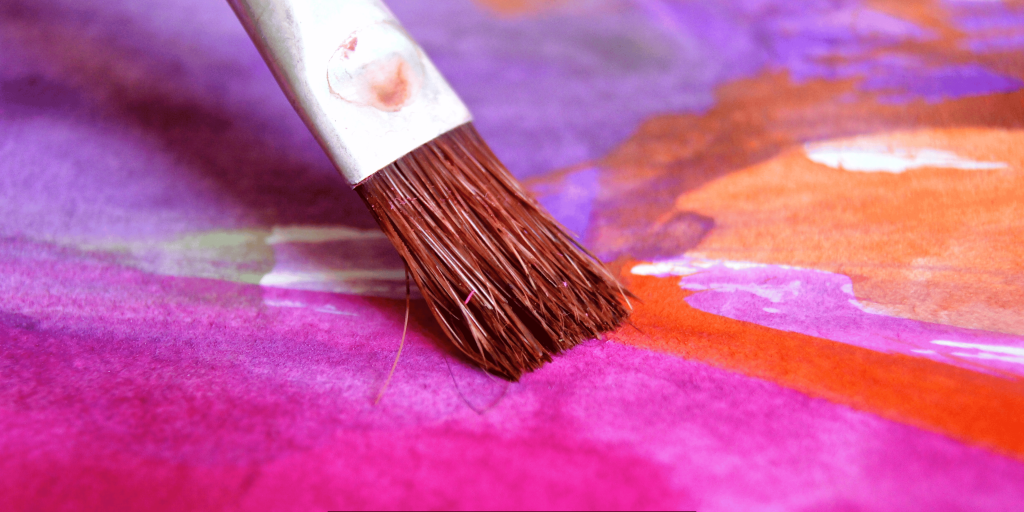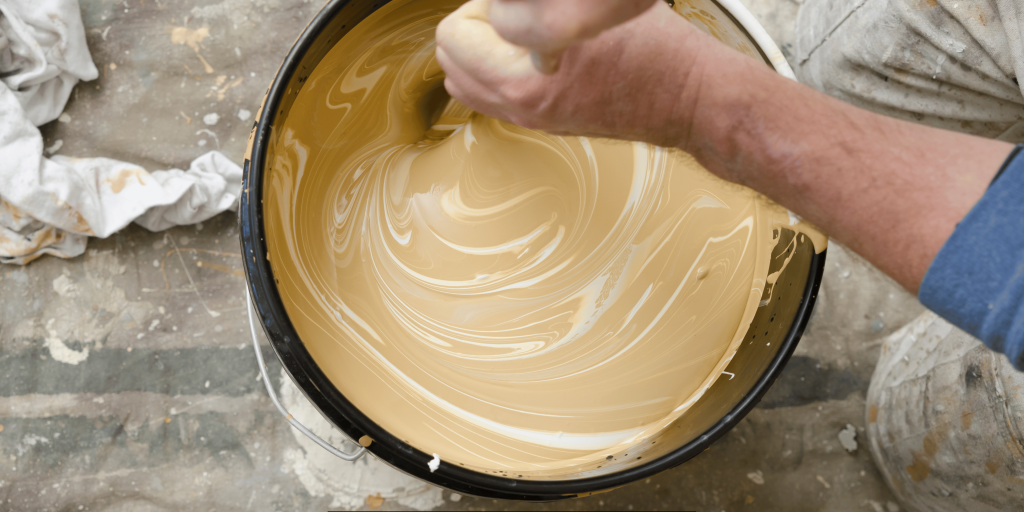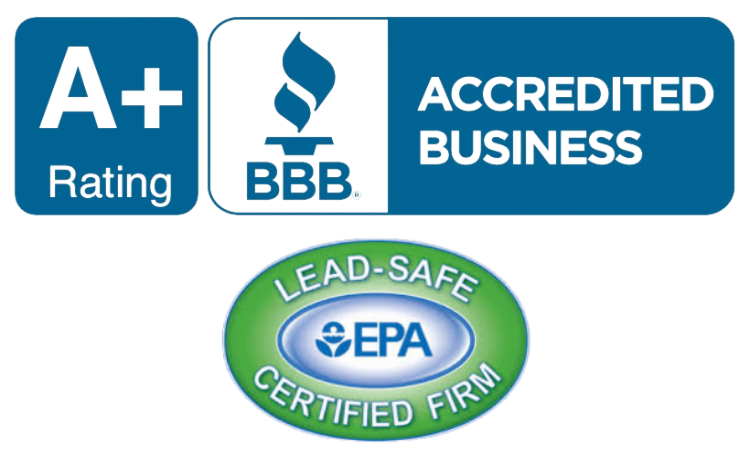In many cases, homeowners need to know if they can use leftover exterior and interior latex paints as they seek to undertake some touch-ups or even other projects. Yes, you can commonly combine both exterior and interior paint. You may want to take into account a few factors when deciding if you wish to blend interior and exterior paint.
Compatibility of Paint Types
The first factor is when it comes to combining the two paints, check if they have the same base and sheen.

Base Compatibility
Oil-based paint should not be mixed with latex/acrylic paint. They will barely intermingle if the two compounds are mixed because they are chemically different.
Externally applied paints are developed to provide resistance to weather conditions. The three are flat, satin, and semi-gloss; you can use them in equal parts to your exterior walls. One should avoid applying gloss exterior paint since it has different formulations.
Sheen Compatibility
Paint sheens should be within two gloss units up or down to remain in the desired finish. For example, satin and eggshell are safe to use together. It is advisable not to intermix paint and primer into one single can, whether intended for conventional paint or specialty paint coating.
Difference Between Interior and Exterior Paint Coatings
There is always a distinguishable performance difference between interior and exterior paint coatings. But if the base and sheen are compatible, the interior paint could be mixed with the exterior paint. Please note that performance properties will probably change because of some factors or situations.
Binder and Pigments
Interior trim paint does not incorporate as high a level of binders and additives that provide preservative properties such as anti-fading or anti-moisture damage, or anti-mold and mold growth, etc. When one uses a combination of interior and exterior paint, the preservative properties of exterior paint are compromised.
Hiding Power
Pigments such as the titanium dioxide component of exterior paints offer excellent hiding power to surfaces that may get smudged or dirtied. Interior paint will decrease that hiding power.
Durability
Exterior paints do not fade, crack, peel, or become brittle from sun, rain, snow, or variations of heat and cold, due to acrylic resins. Adding interior paint shortens its durability and longevity.
Some Considerations of Mixing Paint for Interior and Exterior Use
If you decide to mix interior and exterior paints, follow these guidelines:
1. Base and sheen compatibility must always come first
2. Dilute mix small parts no more than a can of paint at one time
3. Only mix paints of similar color positions in the color wheel for continued color harmony
4. Paddle mix with a paddle mixer blade that is mounted on an electric drill for 5 – 10 minutes
5. Evaluate the mixture on cardboard or an unnoticeable house section
6. Paint mixture should be used before it expires from chemical reaction
7. Apply paint combinations to places with light foot traffic or on feature areas instead of walls.
8. It is okay to apply another coat or two if you would like a particular type of coverage
9. If you have decided to keep leftover paint, use a small airtight container and mark the container according to the paint color

Possible Drawbacks of Paint Interactions Between Interior and Exterior Surfaces
Below are Risks You Should Be Aware of When Mixing Interior and Exterior Latex Paints:
– Color and Sheen Inconsistencies: Using two different paint formats can lead to color difference and/or sheen.
– Poor Adhesion: If it is not correctly painted, surfaces may fade, blister, or peel quickly.
– Reduced Durability: A combination of exterior and interior paint provides less weather protection and shorter life spans as they fade quickly.
– Mold or Mildew: When applied to exterior surfaces, the mixture contributes significantly to mold formation.
Combining interior and exterior paints is only advisable when you are painting the inside and outside of the same wall. You must be very cautious in setting the proper standards for looks and durability. To get the desired outcome, you should use paints and allied products in the proper manner advised by the manufacturers.
Conclusion
Although interior and exterior latex paints can be intermixed when their bases and sheens are compatible, they may end up having reduced performance properties in the final blended paint. Try in small portions, mix one small portion at a time and use only where needed such as the accent walls or other decorative sections of the house. When painting rooms and their interiors or when painting exterior surfaces with the possibility of exposure to weather, use individual top coating products made for these purposes.

